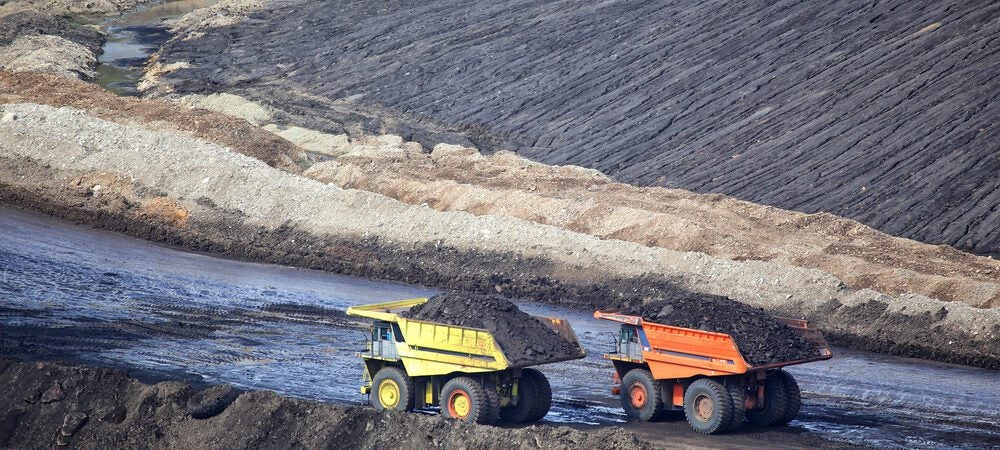The United States is looking to diversify its critical minerals supply chain by establishing partnerships with the Central Asian republics and reducing its dependence on China, which currently dominates the global supply of these essential materials. China has been increasing its economic influence in Central Asia in recent years, and the United States now faces an uphill battle to establish itself as a compelling alternative.
To address its growing demand for critical minerals, the United States has started to deepen its partnerships with the Central Asian republics — Kazakhstan, Uzbekistan, Turkmenistan, Kyrgyzstan and Tajikistan. But it is not easy.
The 2022 Critical Minerals List identifies 50 minerals as crucial for the United States, underscoring their vital role across various industrial and technological sectors. Currently, the United States predominantly sources these essential materials from China. This dependency is extreme for certain minerals, with the country relying entirely on China for its supply of arsenic, gallium, graphite, tantalum and yttrium.
But the restrictions imposed by China on gallium and germanium exports in August 2023 have caused controversy. The fact that China has 94 per cent of the world’s gallium resources and 83 per cent of germanium resources poses a particular problem for the United States.
According to the Pentagon’s statement following China’s restriction decision, the United States has not developed the industrial capacity for producing gallium, though they do have some germanium reserves. US officials called for alternative markets to be found, and it was during this period that the United States decided to improve relations with Central Asia.
In September 2023, US president Joe Biden met with Central Asian leaders in New York. During this meeting, the C5+1 Critical Minerals Dialogue was agreed upon and established, operating within the C5+1 Diplomatic Platform. The inaugural meeting of this dialogue was held in February 2024. The main objectives were maintaining the security of critical minerals in Central Asia, ensuring market diversification and increasing the region’s importance in this field.
Since the early 1990s, the Central Asian republics have become increasingly significant players in the global energy and economic markets. This region also holds a critical position in the supply of essential minerals. According to various reports, Central Asia is home to 38.6 per cent of the world’s manganese ore reserves, 30.1 per cent of chromium reserves, 20 per cent of lead reserves, 12.6 per cent of zinc reserves and 8.7 per cent of titanium reserves.
Compared to countries like China, Turkey and South Korea, the United States was relatively late to look to Central Asia. After the 2000s, the United States, which had a more protectionist approach in the security perspective due to the effects of 9/11, was content to watch the growing influence of other actors in Central Asia. Realising the need to formulate a new regional policy after its withdrawal from Afghanistan in 2021, prompted by Russia’s 2022 invasion of Ukraine, the United States administration began to take interest in the region again.
On the other hand, China has been increasingly economically dominant in the region since the early 2000s. Trade with countries in the region grew exponentially, especially after Chinese president Xi Jinping launched the Belt and Road Initiative in 2013. Trade volume reached US$89 billion in 2023, up from US$70 billion in 2022. The China–Central Asia Summit also institutionalised relations in 2023.
Another important partnership China has with Central Asia is in critical minerals. China operates many underground resources in Kyrgyzstan and Tajikistan, and has strong cooperation with Kazakhstan. In addition to zinc and uranium, China’s imports of molybdenum from Kazakhstan have increased by 444 per cent in 2020 compared to 2017.
Under these circumstances, a critical minerals partnership with the United States brings various opportunities and risks to Central Asia. But countries in the region are afraid of being dominated by China and open to offers from alternative actors.
The United States has a favourable reputation in the region, and there is confidence in its ability to fulfill its commitments. But employing rhetoric about competition with China, a nation with established influence in the region after years of neglect from other nations, is not likely to succeed. The United States needs to move forward with a more moderate policy. Already, the large amounts of debt that countries in the region owe to China makes the United States a more attractive partner.
But regional infrastructure problems, leaders’ pragmatic preferences, irrevocable agreements with China and possible disruptions in the critical minerals supply process are all compelling reasons to stay with China, not to mention the sheer geographical proximity.
While there is no guarantee the United States has the will or ability to engage successfully with Central Asia, it could strengthen its position in the region by offering technology and undertaking critical projects that China has not been able to deliver. A shift in focus from purely military security to a broader energy security strategy could be a key component of this new initiative. The United States has no choice but to create a brand new and deeper regional policy if it desires to compete with China.
Mehmet Fatih Oztarsu is Senior Researcher at the Institute of EU Studies at Hankuk University of Foreign Studies, Seoul.
To read the full article as it was published by East Asia Forum, click here.

